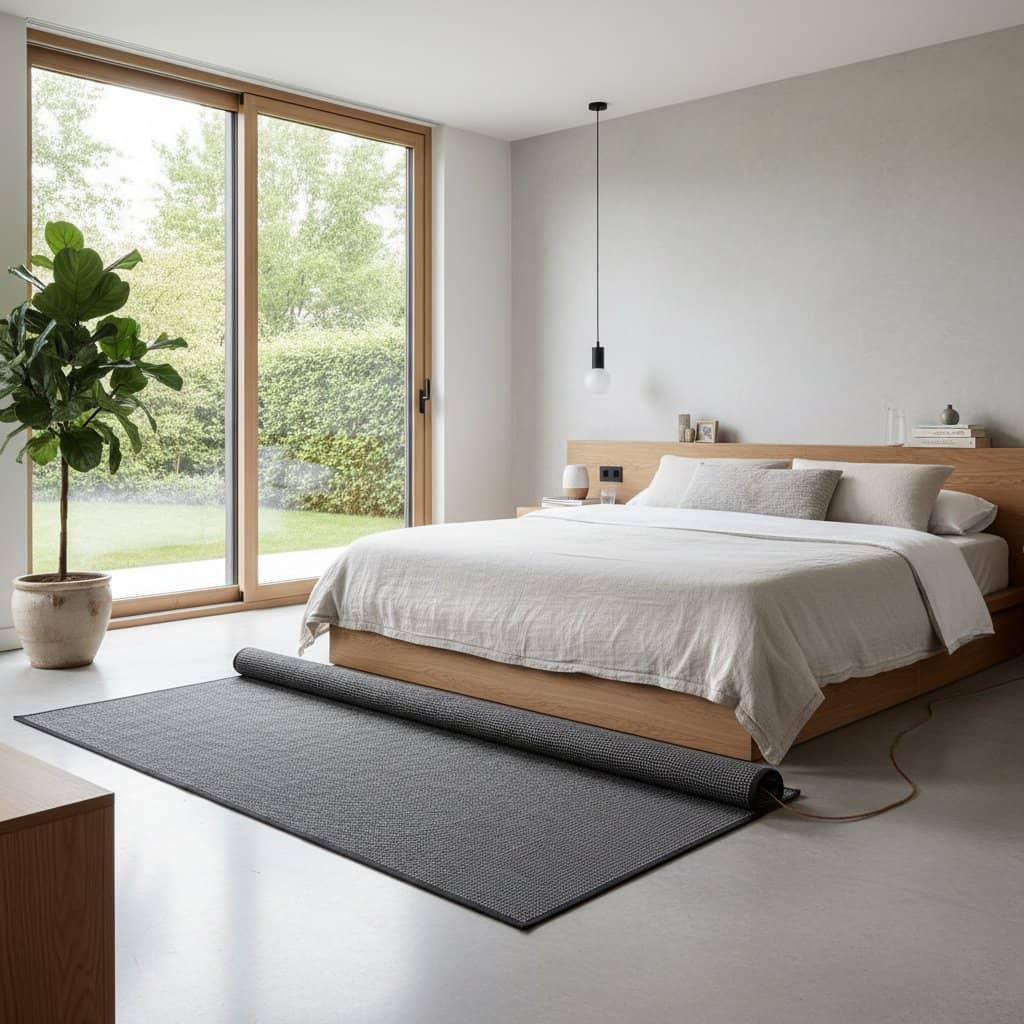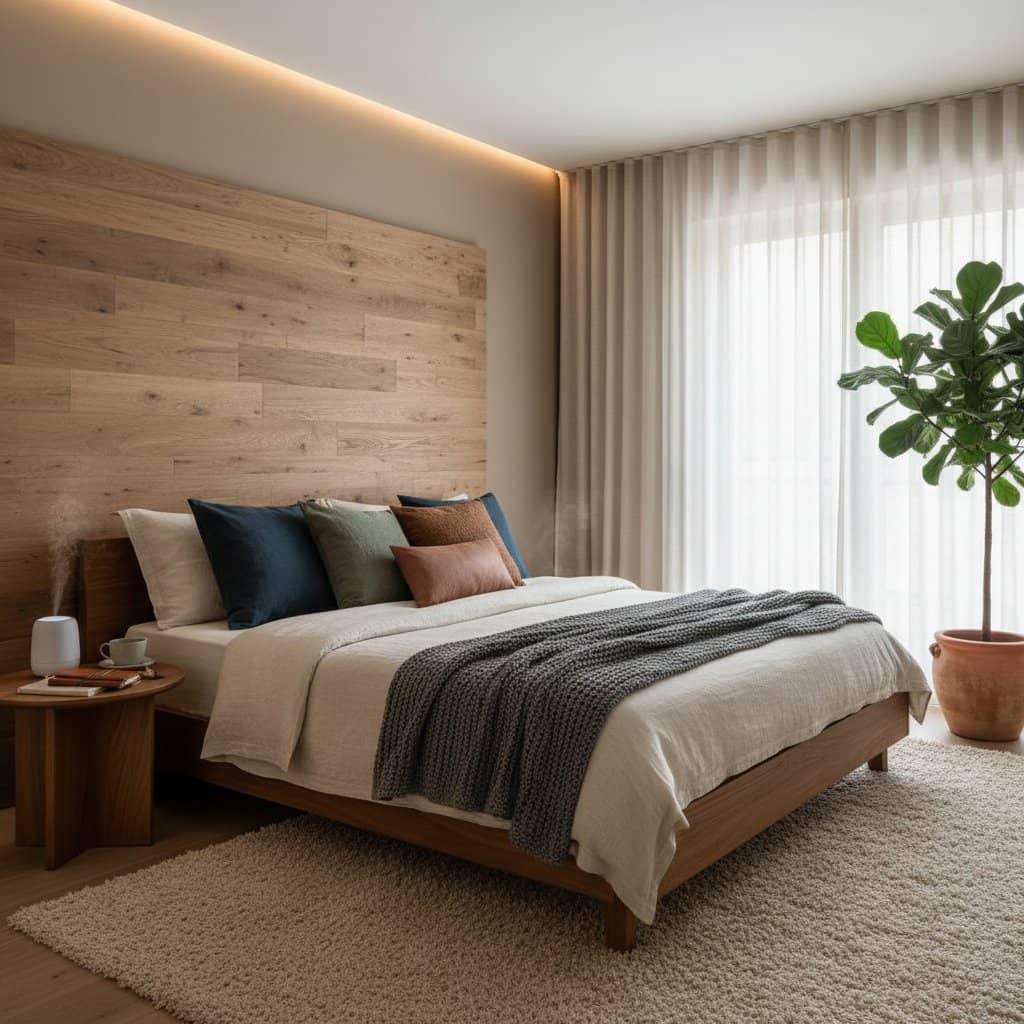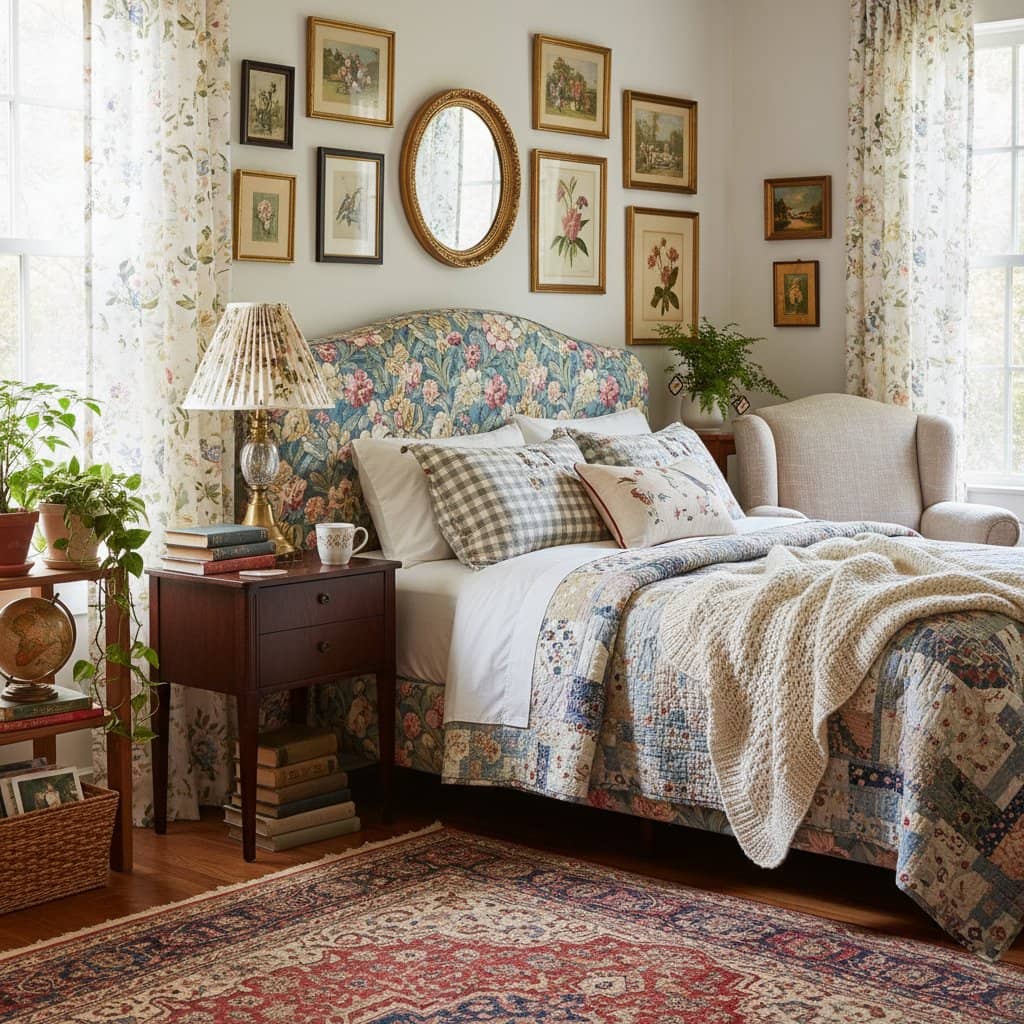Acoustic Panels as Living Room Art
A serene living room provides a gentle respite after a long day. However, even the most aesthetically pleasing space can feel chaotic when sound reverberates off walls. Everyday noises, such as appliance hums or conversations from adjacent rooms, disrupt tranquility. Acoustic panels, traditionally used in recording studios and theaters, now feature designs that integrate effortlessly into contemporary interiors. These panels absorb excess sound while introducing texture, patterns, and character to walls.
The appeal lies in their unobtrusive performance. Homeowners achieve a peaceful environment without compromising visual appeal. Regardless of whether the living room favors cozy warmth or sleek minimalism, acoustic art infuses interest and composure.
Selecting the Right Style
Approach acoustic panels as an integral design element, akin to selecting window treatments or flooring. Begin by defining the desired ambiance for the space.
1. Textural Warmth
Fabric-covered panels in materials like wool, felt, or linen introduce softness to rooms dominated by hard surfaces. Opt for neutral shades such as beige, cream, or terracotta, which complement wooden accents and fiber-based furnishings like rattan chairs.
2. Graphic Energy
For a dynamic focal point, select panels with bold geometric or abstract prints. Position them on a prominent wall to serve as both a visual anchor and an echo reducer, drawing attention while improving acoustics.
3. Organic Calm
Wooden slat panels with acoustic backing evoke a spa environment. The vertical orientation elongates the perceived height of the room, fostering a sense of openness and serenity.
4. Color Confidence
Panels in vibrant shades like emerald green, burnt orange, or navy blue excel at sound absorption. Use these to ground seating arrangements, providing depth that ties together surrounding elements.
5. Minimal Elegance
In understated settings, panels that blend with wall hues offer subtle noise control. Their seamless integration maintains a clean, uncluttered appearance.
Integrating Function with Aesthetics
When panels function as artwork, achieving harmony proves essential. Experiment with diverse materials and configurations to craft a deliberate yet unified composition.
Create a Purposeful Gallery Wall
Incorporate framed prints alongside acoustic panels in harmonious tones. This arrangement conceals utility while infusing the wall with vitality and individuality.
Experiment with Scale
Large-format panels function as standalone accents. Clusters of smaller units replicate mosaic patterns or fabric wall hangings, adding layered interest.
Incorporate Lighting Layers
Install wall-mounted fixtures or adjustable spotlights to accentuate panel textures. Gentle glows amplify both visual allure and auditory comfort.
Harmonize with Current Elements
Align panel fabrics with existing upholstery, such as sofa cushions or drapery. This repetition fosters cohesion and purposeful design.
Introduce Natural Accents
Pair wood-veneer panels with greenery and fibrous decor. The combination of organic components generates inviting warmth and stability.
Addressing Practical Concerns
Will They Resemble Office Fixtures?
Select options with inherent textures or creative motifs. Steer clear of basic foam; prioritize fabric-wrapped or timber-clad varieties for residential elegance.
What About Rental Restrictions on Drilling?
Lightweight models adhere via damage-free hooks or tapes. Alternatively, prop substantial pieces on wall-mounted ledges or position them freestanding for an effortless vibe.
Must Every Wall Receive Coverage?
Targeted placement suffices for impact. Concentrate on zones prone to reverberation, such as corners or expansive surfaces.
How Do Maintenance Needs Compare?
Fabric iterations yield to gentle brushing or vacuuming with a soft nozzle. Wooden or rigid finishes respond to wiping with a lint-free cloth.
Tailoring Acoustic Solutions to Design Aesthetics
Each living room possesses a unique character. Acoustic elements must enhance rather than alter this essence. Consider these adaptations for popular styles.
Scandinavian Simplicity
Panels in soft grays, whites, or subdued pastels align with birch furnishings and ample daylight. The result conveys purity and repose.
Modern Minimalism
Narrow panels in monochromatic schemes mirror wall colors. Symmetrical layouts evoke a sophisticated, exhibition-style refinement.
Bohemian Eclecticism
Assemble panels of varied forms and coverings, encircled by macrame, foliage, and motifs. Diverse surfaces sustain a free-spirited, inventive atmosphere.
Industrial Robustness
Raw canvas, dark wool, or slatted timber panels temper metallic details and masonry. This duality balances resilience with subtlety.
Traditional Elegance
Upholstered panels in profound colors like sapphire or burgundy reflect heritage opulence. Suspend them over fireplaces or lounges to delineate zones.
The Impact of Sound Absorption
Auditory environments shape emotional responses. Subtle noise levels influence tension without conscious awareness. Rooms equipped with sound-dampening features promote ease, facilitate unstrained dialogue, and clarify audio experiences. Laughter integrates smoothly, and quiet moments refresh rather than amplify isolation.
Incorporating acoustic art extends beyond auditory refinement. It cultivates an ambiance conducive to mindfulness and ease. The panels visible artistry underscores these enhancements, merging form with subtle efficacy.
Extending Acoustic Enhancements
With a harmonized living room, identify opportunities in other areas. Bedrooms gain restorative quiet through bedside placements. Offices benefit from desk-adjacent units that mitigate digital fatigue. Dining spaces soften utensil sounds, nurturing convivial exchanges.
For seasonal refreshes, swap coverings accordingly: breathable cottons for summer, insulating knits for winter. This adjustment maintains vitality and seasonal relevance.
Complement panels with complementary absorbers like thick carpets, lined blinds, cushioned seating, and shelving. These layers collectively muffle sound while enriching tactile and visual depth.



